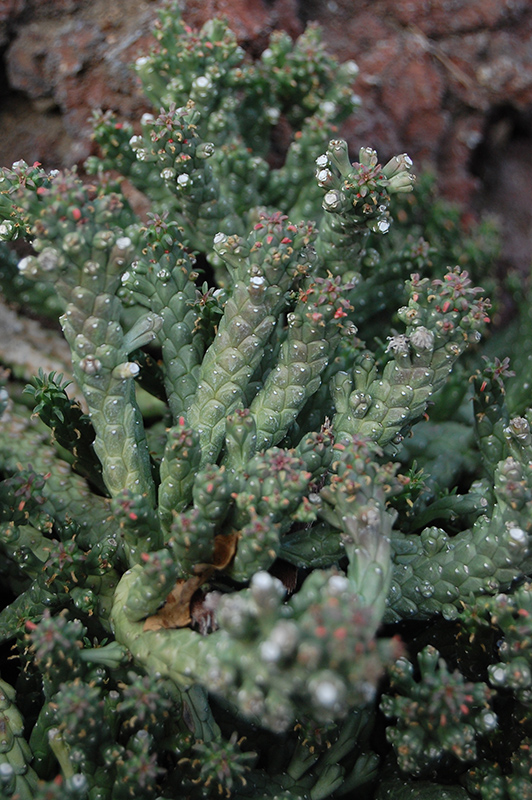Medusa’s Head
Description
A unique succulent with a central, tap-rooted caudex from which emerge many snake like, bumpy, trailing branches with knobbed ends, where small deciduous leaves emerge; white flowers rise from short stalks in spring; great for rock gardens
Landscape Attributes
Medusa's Head is an unusual succulent evergreen plant with a form that trails along the ground or spills over containers and rock walls. Unlike a cactus, which this plant resembles, it does have foliage, but it's the grayish green narrow cylindrical segments that are of primary interest from a landscape or garden perspective.
Medusa's Head is recommended for the following landscape applications;
Planting & Growing
Medusa's Head will grow to be about 10 inches tall at maturity, with a spread of 3 feet. Its foliage tends to remain low and dense right to the ground. It grows at a medium rate, and under ideal conditions can be expected to live for approximately 10 years. As an evegreen perennial, this plant will typically keep its form and foliage year-round.
This plant should only be grown in full sunlight. It prefers dry to average moisture levels with very well-drained soil, and will often die in standing water. It is considered to be drought-tolerant, and thus makes an ideal choice for a low-water garden or xeriscape application. It is not particular as to soil pH, but grows best in sandy soils, and is able to handle environmental salt. It is highly tolerant of urban pollution and will even thrive in inner city environments. This species is not originally from North America, and parts of it are known to be toxic to humans and animals, so care should be exercised in planting it around children and pets. It can be propagated by division.
Medusa's Head is a fine choice for the garden, but it is also a good selection for planting in outdoor pots and containers. Because of its trailing habit of growth, it is ideally suited for use as a 'spiller' in the 'spiller-thriller-filler' container combination; plant it near the edges where it can spill gracefully over the pot. Note that when growing plants in outdoor containers and baskets, they may require more frequent waterings than they would in the yard or garden. Be aware that in our climate, this plant may be too tender to survive the winter if left outdoors in a container. Contact our experts for more information on how to protect it over the winter months.

